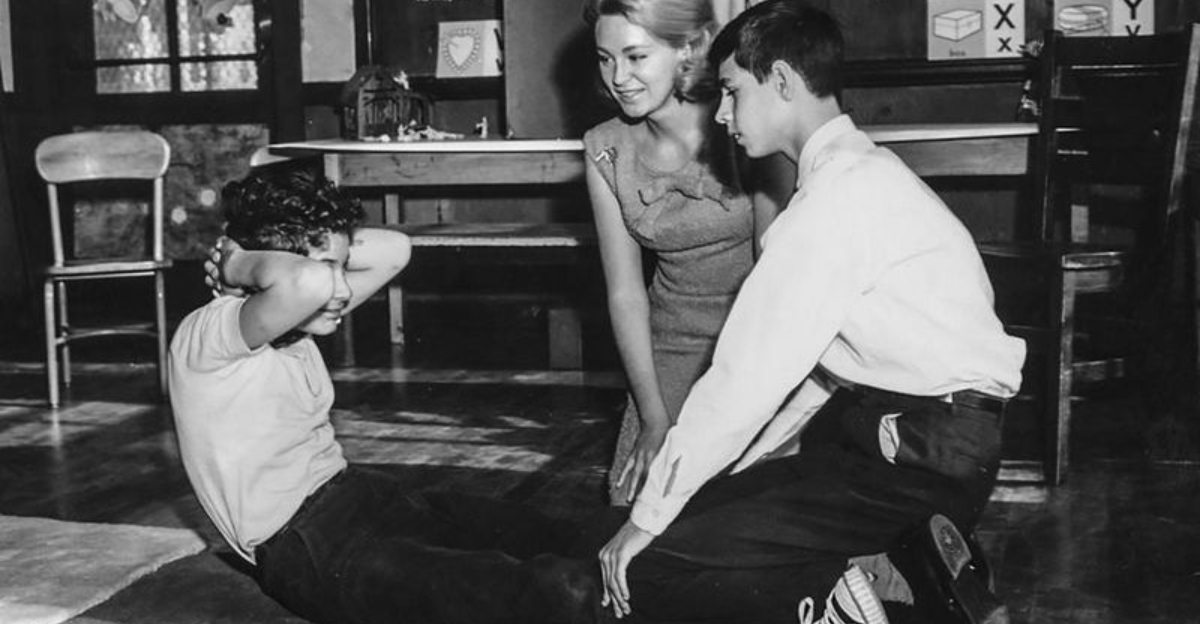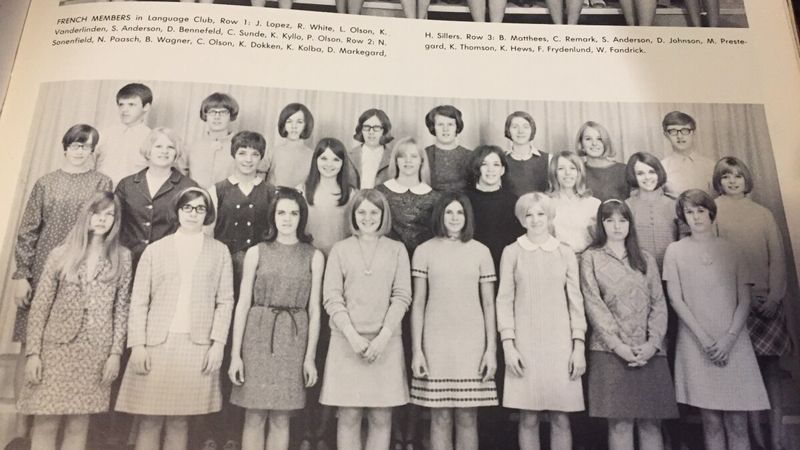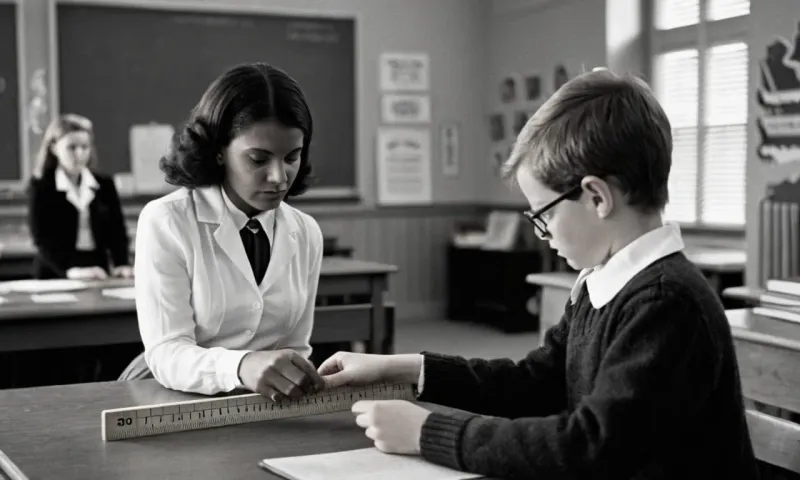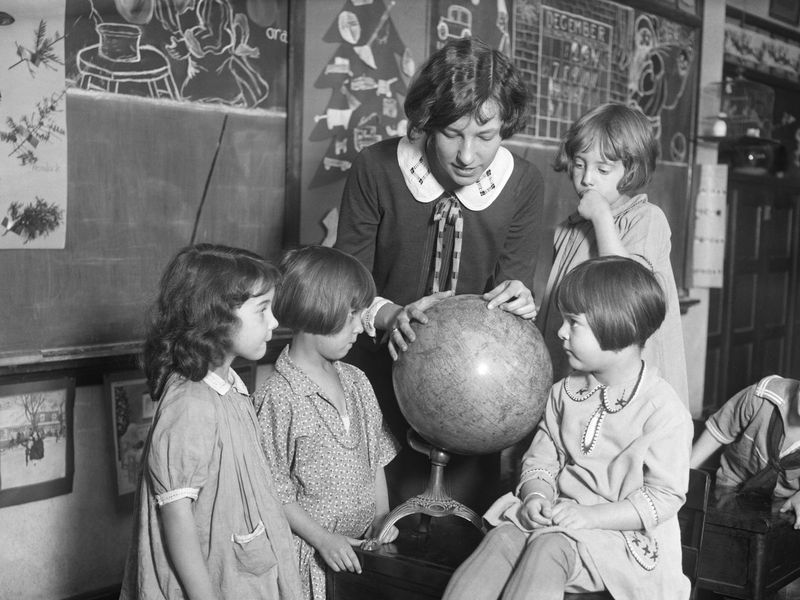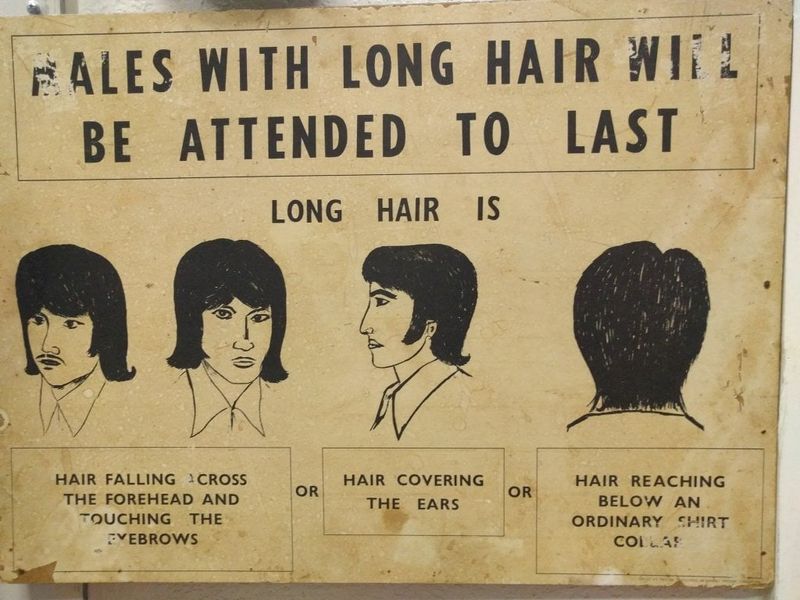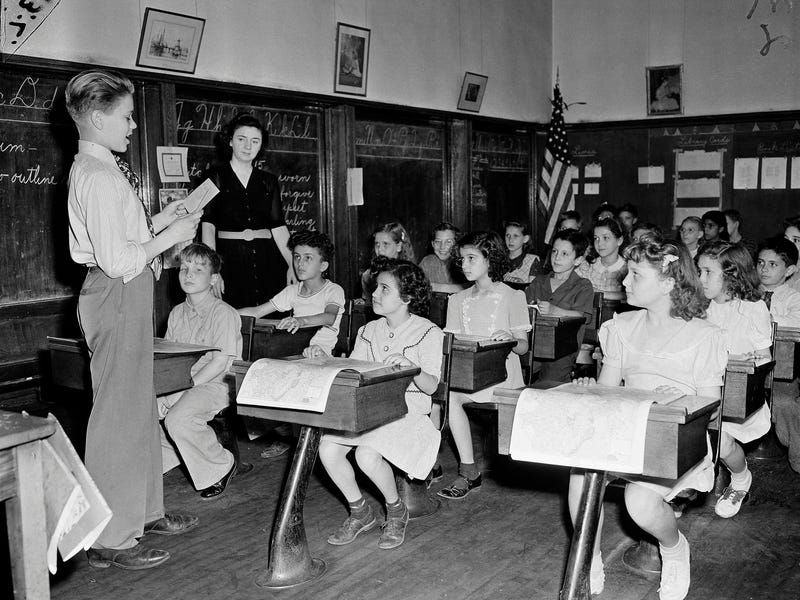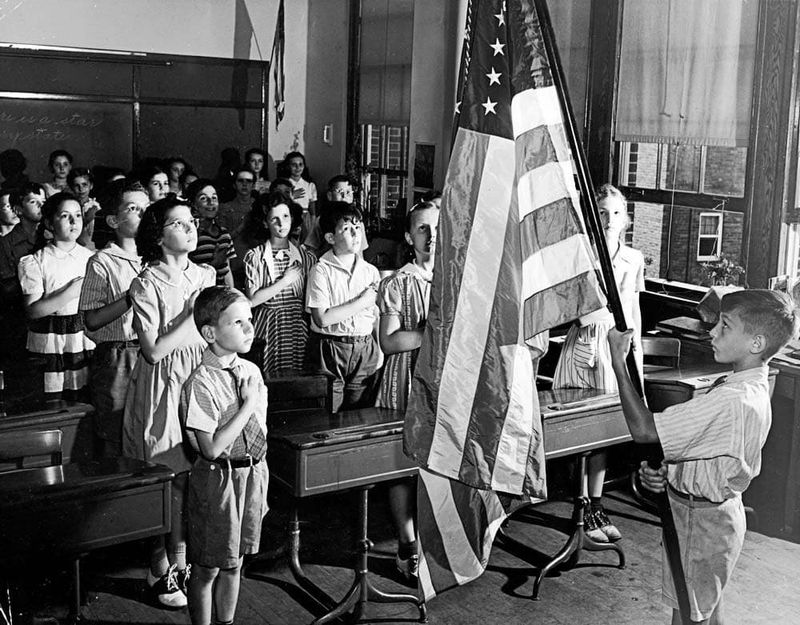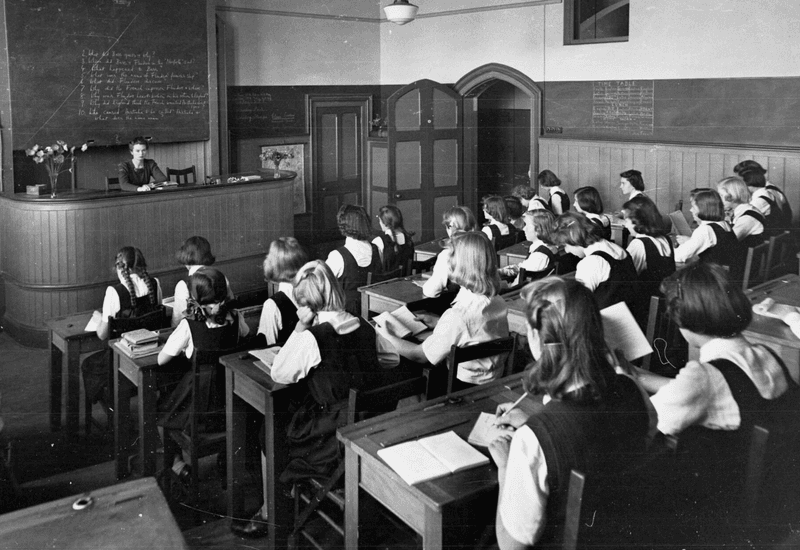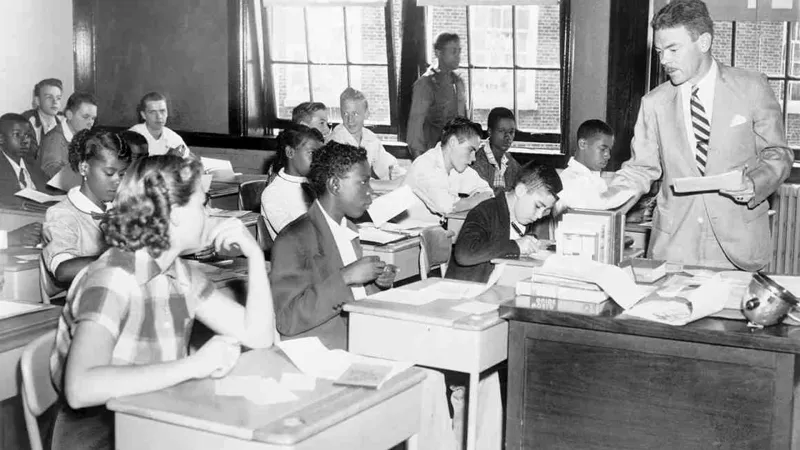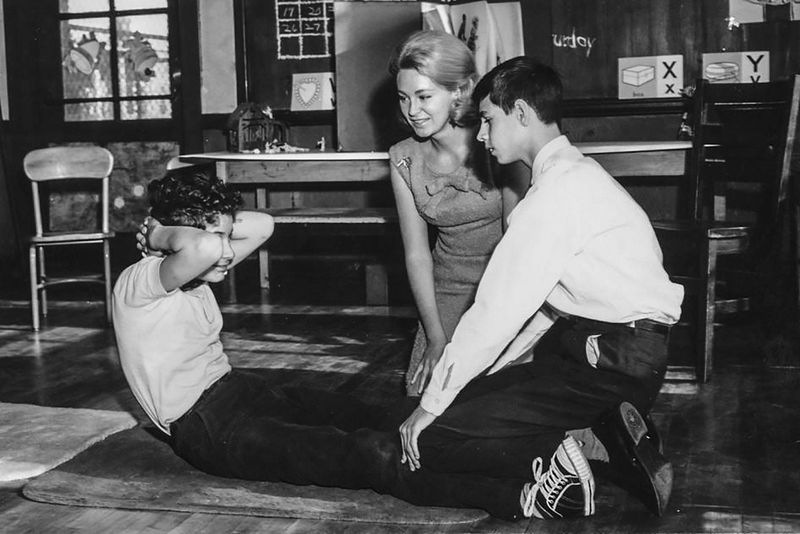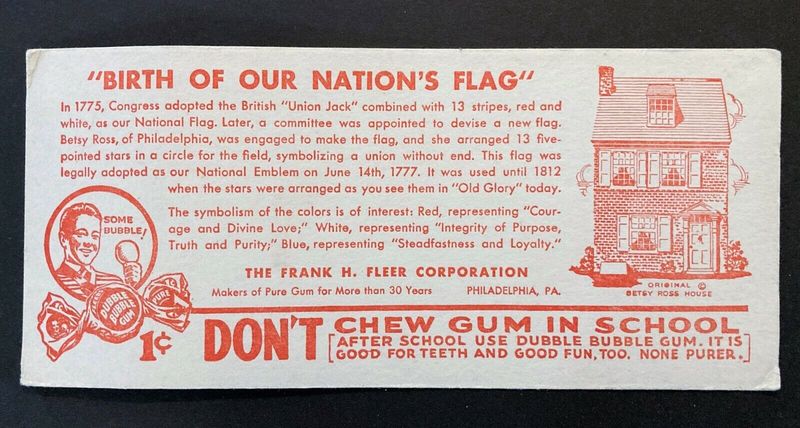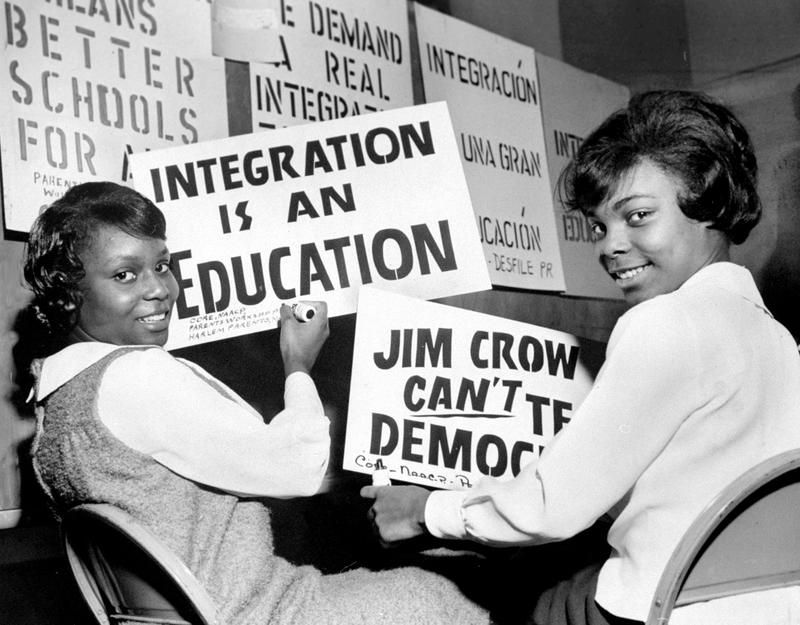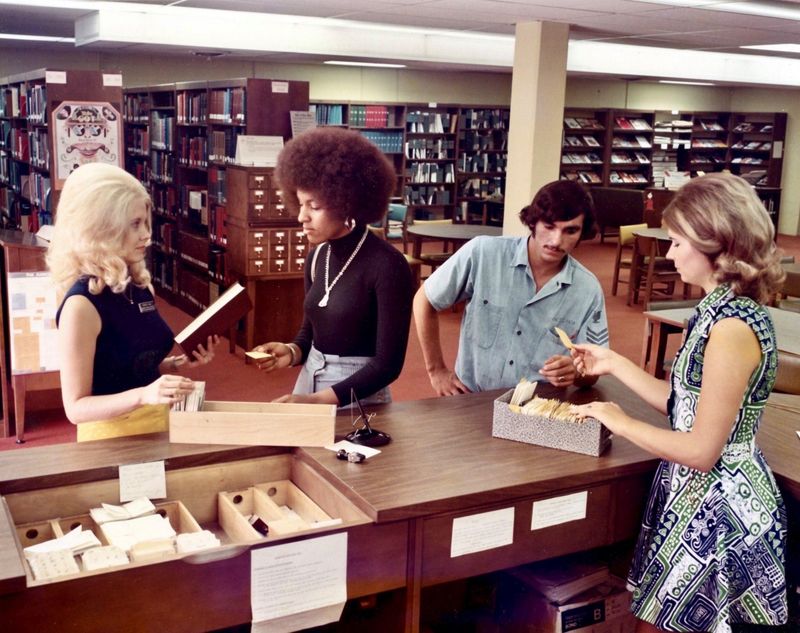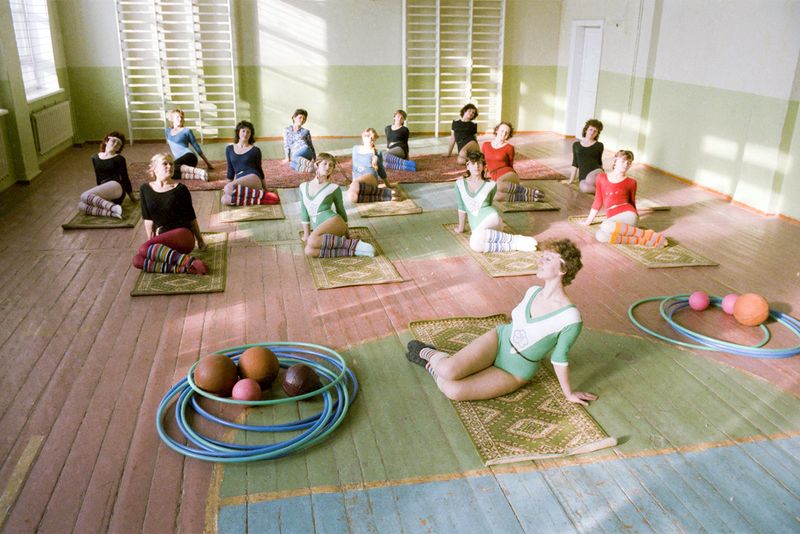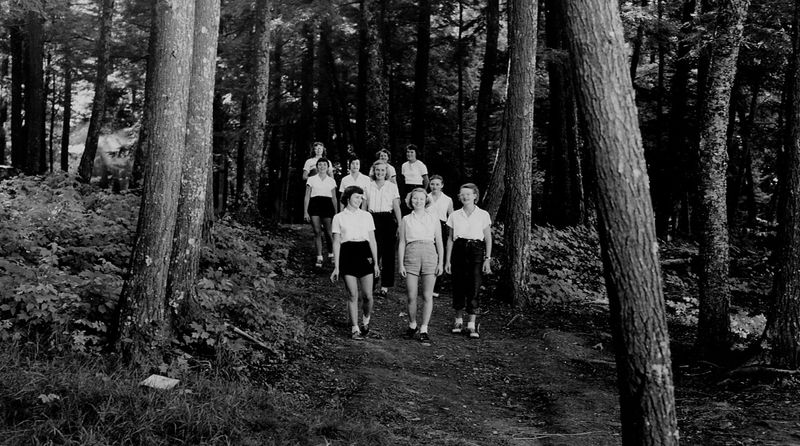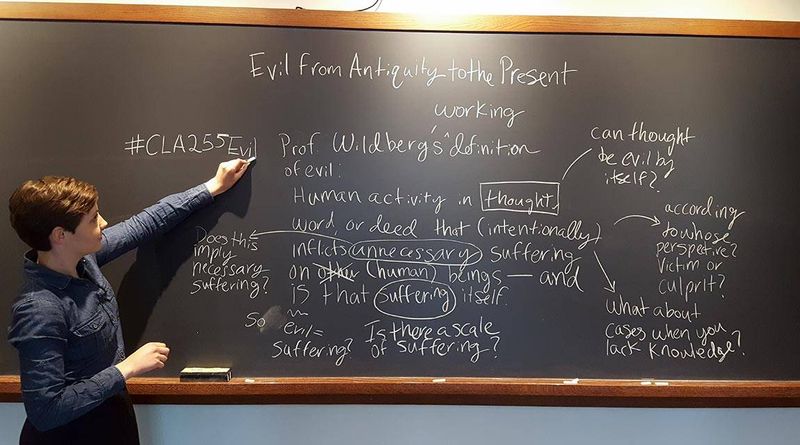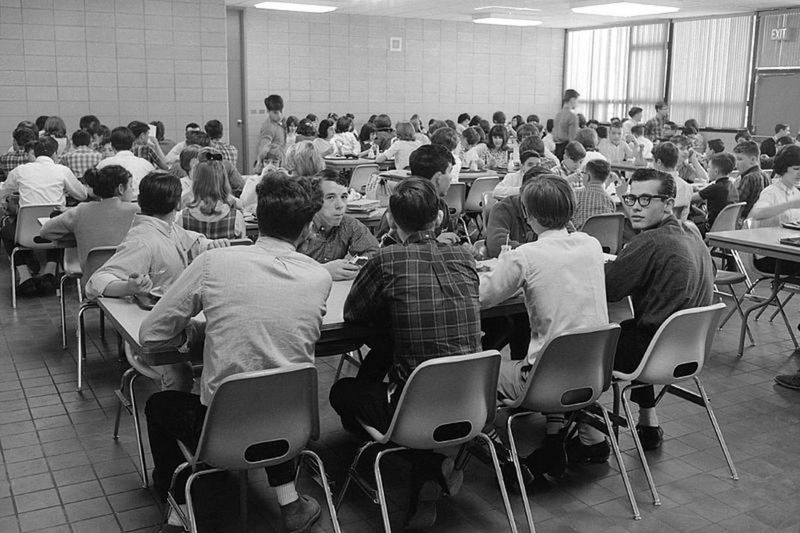The 1960s were a transformative era for many aspects of society, including the education system. School rules from that time often reflect a world very different from today, with some policies that would cause outrage if implemented now, while others hold timeless value. This blog post explores 13 rules from the ’60s that would undoubtedly raise eyebrows in today’s world, alongside five that could be worth revisiting. The journey through these past regulations offers a glimpse into the changing landscape of educational norms and sparks reflection on what truly benefits modern students.
1. Strict Dress Codes
Remember those days when skirts had to touch the knee, and boys’ hair couldn’t graze their collars? Schools in the ’60s enforced strict dress codes that dictated every inch of student attire. These rules, though intended to promote discipline, would be considered overly restrictive today. While fashion has evolved to embrace individuality, some argue for a balanced approach that encourages self-expression while maintaining respect. It raises questions about how much freedom should be given to students and whether a more relaxed dress code could help foster creativity without sacrificing order in the classroom.
2. Corporal Punishment
The sharp crack of wood against wood was a common sound in ’60s classrooms, where corporal punishment was an accepted disciplinary measure. This practice would spark outrage today, as modern educational philosophies focus on positive reinforcement rather than fear-based methods. The shift towards understanding and empathy in discipline reflects broader societal changes towards more humane practices. While the goal of maintaining order remains, it’s achieved through dialogue and understanding rather than physical punishment, aligning education with compassion and respect for student dignity.
3. Gender-Segregated Classes
In the ’60s, gender-segregated classes were commonplace, reflecting societal norms of the time. Boys would learn woodworking while girls took home economics. Today, education aims to provide equal opportunities for all students, regardless of gender, fostering environments where everyone can pursue their interests freely. The evolution towards coeducational settings symbolizes a break from traditional gender roles, promoting diversity and inclusion. The emphasis on equal access to all subjects encourages a more rounded development, preparing students for the diverse challenges of the modern world.
4. Hair Length Regulations
Schools in the ’60s were meticulous about hair length, particularly for boys. Hair couldn’t cover the ears or touch the collar, embodying the strict appearance standards of the time. Fast forward to today, where personal expression through hairstyles is generally accepted, reflecting a shift towards individualism. The change speaks to broader cultural movements embracing diversity and personal freedom, allowing students to showcase their identities. Though appearance still plays a role in school policies, it’s balanced with respect for personal autonomy, demonstrating a more modern, inclusive approach.
5. No Talking in Class
Silence was golden in ’60s classrooms, where students were expected to remain quiet unless called upon. This rule emphasized discipline but stifled spontaneity and collaboration. Today’s learning environments encourage open communication, recognizing that discussion and interaction are key to deeper understanding. The transition reflects an educational shift towards fostering critical thinking and teamwork. By allowing students to express their thoughts and engage with peers, schools now cultivate more dynamic and engaging learning experiences, preparing students for collaborative real-world scenarios.
6. Mandatory Pledge of Allegiance
Reciting the Pledge of Allegiance was a daily ritual in ’60s schools, reflecting a patriotic spirit ingrained in the educational system. While some schools continue this tradition, others question its relevance in today’s diverse society, where individual beliefs and backgrounds vary significantly. The debate highlights the tension between tradition and inclusivity, encouraging schools to adapt practices to reflect contemporary values. This discussion opens the door to broader conversations about identity and unity, considering how schools can honor diverse backgrounds while fostering a shared sense of community.
7. Religious Instruction
Religious instruction was common in ’60s public schools, often beginning with Bible readings. This practice would be contentious today, with a greater emphasis on separation of church and state. Modern classrooms strive for religious neutrality, ensuring an inclusive environment for students of all faiths or none. This evolution reflects a commitment to respecting diverse beliefs and upholding constitutional principles. The shift encourages dialogue and understanding, allowing students to learn about various cultures and traditions in a respectful, non-biased manner, preparing them for a globally connected world.
8. Formal Address of Teachers
Respectful address was paramount in ’60s classrooms, where teachers were always ‘Sir’ or ‘Ma’am’. This formality underscored a strict hierarchy within the school environment. Today, many schools adopt a more relaxed approach, promoting mutual respect while encouraging open dialogue. This shift fosters a more approachable atmosphere, breaking down barriers between students and teachers. The change reflects a broader societal trend towards egalitarian relationships, emphasizing communication and understanding as keys to effective education, creating a nurturing and inclusive learning environment.
9. Compulsory Sports Participation
Sports were not just encouraged but mandatory in the ’60s, reflecting a belief in the importance of physical education. Today, the approach is more flexible, recognizing diverse interests and abilities. While physical activity remains valued, schools now offer a variety of options to cater to different preferences, encouraging lifelong fitness habits without pressure. This change respects individual needs and promotes a balanced lifestyle. The emphasis is on enjoyment and personal growth, allowing students to explore various activities that align with their interests and strengths, fostering a positive attitude towards fitness.
10. No Gum Chewing
Gum chewing was a big no-no in ’60s classrooms, often resulting in strict penalties if caught. The rule aimed to maintain decorum and cleanliness, avoiding distractions. Today’s schools are more lenient, focusing instead on responsible behavior. The evolution reflects a shift towards teaching students to self-regulate rather than imposing blanket bans. This balance allows for personal responsibility and accountability, encouraging students to make informed choices while still maintaining an orderly environment, blending discipline with freedom in modern educational settings.
11. Segregated School Events
Segregated events were the norm in the ’60s, reflecting societal divisions. Boys and girls had separate dances and gatherings, emphasizing strict social rules. Today’s schools aim for inclusion and unity, reflecting societal progress towards equality. Mixed events promote interaction and understanding, breaking down barriers and encouraging friendship. These changes symbolize broader cultural shifts towards acceptance and diversity, teaching students the value of community and collaboration, aligning with modern values of inclusivity and mutual respect.
12. Limited Library Access
In the ’60s, access to school libraries was often limited, with strict hours and supervision. This approach aimed to maintain order but restricted valuable resources. Today’s schools recognize the library as a hub of learning and exploration, offering flexible access to support student growth. This shift encourages curiosity and self-directed learning. The open-door policy fosters a love for reading and research, equipping students with the skills to navigate information-rich environments, essential for success in the digital age.
13. Mandatory Sock Length
Sock length might seem trivial, but in the ’60s, it was a matter of school policy. Socks had to meet specific standards, reflecting the era’s focus on uniformity. Modern schools tend to focus more on overall appearance rather than minute details, reflecting a shift towards broader standards that allow for individual expression. This change highlights an evolution in understanding personal identity, promoting an inclusive environment where students feel comfortable expressing themselves while respecting basic decorum.
14. Mandatory Morning Calisthenics
Picture this: a crisp morning, and students lined up in neat rows, stretching their arms under the open sky. In the 1960s, many schools had mandatory morning calisthenics to kickstart the day. This daily ritual was believed to promote healthy bodies and focused minds. Though some might argue it’s a relic of the past, others see potential for a fun and energizing tradition. Could a modern twist on synchronized stretches bring a sense of community and physical wellness back to schools? Imagine the camaraderie built over shared groans and stretches.
15. Fountain Pen Competitions
Ah, the elegance of a fountain pen gliding across paper. In the 1960s, schools sometimes held fountain pen competitions, celebrating penmanship and precision. Students would compete to produce the most beautiful and legible script, judged on flair and accuracy. It’s an art form nearly lost to the digital age, yet there’s a certain nostalgia in rediscovering the lost art of handwriting. These competitions could offer a creative break from screen time and instill a love for personal expression. Plus, who doesn’t love a little healthy competition?
16. Compulsory Nature Walks
Take a step back, literally, into the world of compulsory nature walks. Schools in the 1960s often scheduled these outdoor excursions to expose students to the wonders of nature. Far from the confines of desks, students could breathe fresh air and learn about their environment firsthand. While today’s education system leans heavily on technology, there’s charm in the simplicity of a nature walk. Encouraging children to connect with the natural world could spark curiosity and an appreciation for Earth’s beauty. Don’t you think it’s time to lace up those hiking boots?
17. Chalkboard Art Competitions
Imagine a chalkboard transformed into a canvas of creativity. Chalkboard art competitions were an exciting part of 1960s school life, where students could express their artistic talents in bold, dusty strokes. These events celebrated imagination and teamwork, as classmates collaborated or competed to create the most eye-catching designs. Reintroducing such competitions today could unleash student creativity and encourage artistic exploration beyond digital confines. Besides, chalk dust has its own nostalgic charm, reminding us of simpler, more tangible forms of expression.
18. Silent Lunch Periods
Picture the quiet hum of a cafeteria where silence reigns supreme. Silent lunch periods were a common practice in the 1960s, intended to promote mindfulness and reflection. Students were encouraged to eat in silence, focusing solely on their meals. While it may seem strict, such quiet moments offered a peaceful pause in the bustling school day. Could a modern adaptation foster mindfulness in today’s overstimulated world? It might just bring a sense of tranquility and focus back to mealtime, making lunch a truly restful break.
